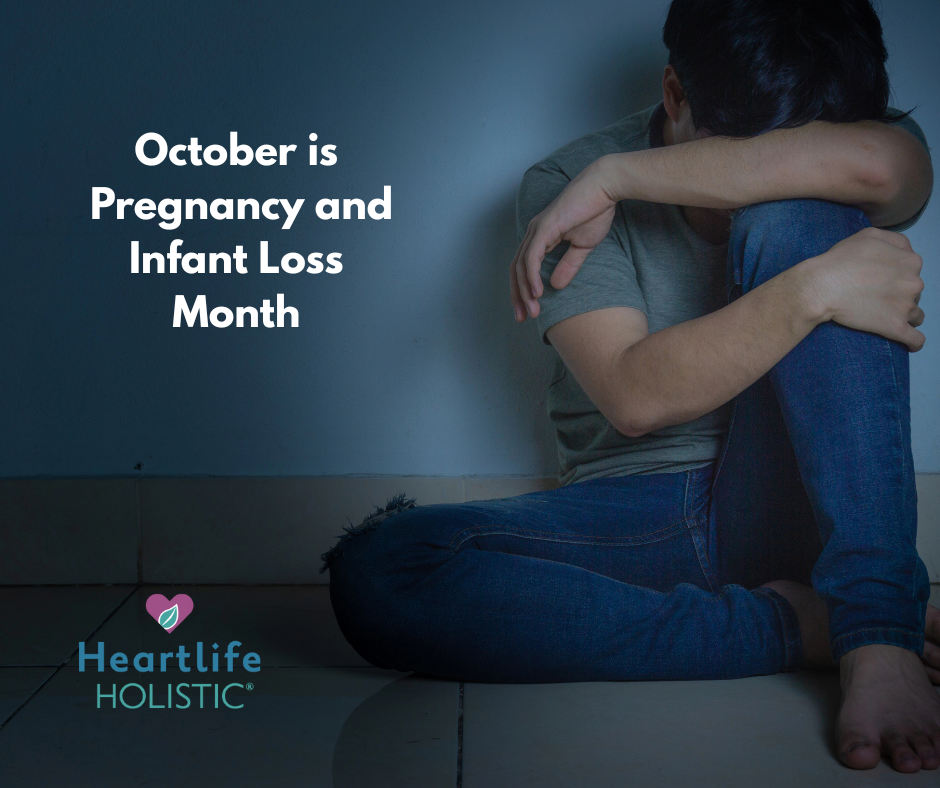EPDS can help you determine if you are postpartum depressed
- Kathy Morelli

- Nov 6, 2017
- 3 min read
Updated: Feb 14, 2022
Originally posted November 6, 2017.

Perinatal mood disorders are the most common complication of childbirth. 15 – 20 % of women experience symptoms of depression and anxiety during pregnancy and in the first year after giving birth. Postpartum depression is the most common term used, but there are a few differential diagnoses that can be found in the perinatal mood distress category. Postpartum depression (PPD), postpartum anxiety (PPA), postpartum obsessive-compulsive disorder (OCD), bipolar disorders, postpartum psychosis and postpartum birth trauma. You can find out more about these categories at the BirthTouch® section of Heartlife Holistic website or at Postpartum Support International.
Screening
Mandatory screening for perinatal mood disorders is now recommended by several medical associations that deal with woman and families: American Academy of Obstetrics and Gynecology (ACOG), American Academy of Pediatrics (APA) and the American Medical Association (AMA).
For perinatal mood disorders, the most commonly used screening tool you can talk online or at your provider’s office is the Edinburgh Postnatal Depression Screening Tool (EPDS-10) is a ten item questionnaire developed to screen women for postpartum depression. The questions address such topics that would be indicative of clinical depression, such as sleep patterns, mood disturbances, guilt, anxiety, fear and self or other-harm.
You can use the tool here to assess yourself if you sense you are not feeling quite yourself. The instructions for scoring are included in the link.
It’s important that you seek professional help if your score indicates you may have a perinatal mood disorder.
The EPDS-3 is a shorter version of the EPDS with ten questions, developed by Dr. Thomas Hale. This version can be used by nurses in busy pediatric and obstetric or midwifery practices for a fast psychological baseline read of the woman coming into their offices. If there is a positive result, then the ten item EPDS is given. The EPDS-3 is available in a reusable, laminated version that can be used and over and over again, and quickly reviewed, in order to effectively support practice cost containment.
The EPDS-3 consists of three items:
I have blamed myself unnecessarily when things went wrong
Yes, most of the time 3
Yes, some of the time 2
Not very often 1
No, never 0
I have been anxious or worried for no good reason
Yes, quite a lot 3
Yes, sometimes 2
No, not much 1
No, not at all 0
I have felt scared or panicky for no very good reason
No, not at all 0
Hardly ever 1
Yes, sometimes 2
Yes, very often 3
A score of >3 warrants further screening.
Please see your doctor.
If you take the EPDS-3 and come up positive for a perinatal mood disorder, you must seek professional help.
In general, if you are feeling bad, please seek help. Tell your family, ask your friends for a referral to a local therapist.
Postpartum Support International has a Warmline where someone can help you obtain mental health services or steer you to a local or online support group.

Moving Forward
“Bloom Where You Are Planted”
Pain + Non-Acceptance = LOTSA suffering and STUCKNESS
Pain + Acceptance = Normal pain (still intense) but Moving Forward is possible
Please see professional help so you can move forward with your life in a positive manner.
Useful DBT Skills Training articles:
The EPDS-3 is from T. Hale, Postpartum Depression at a Glance. (2009)



Comments